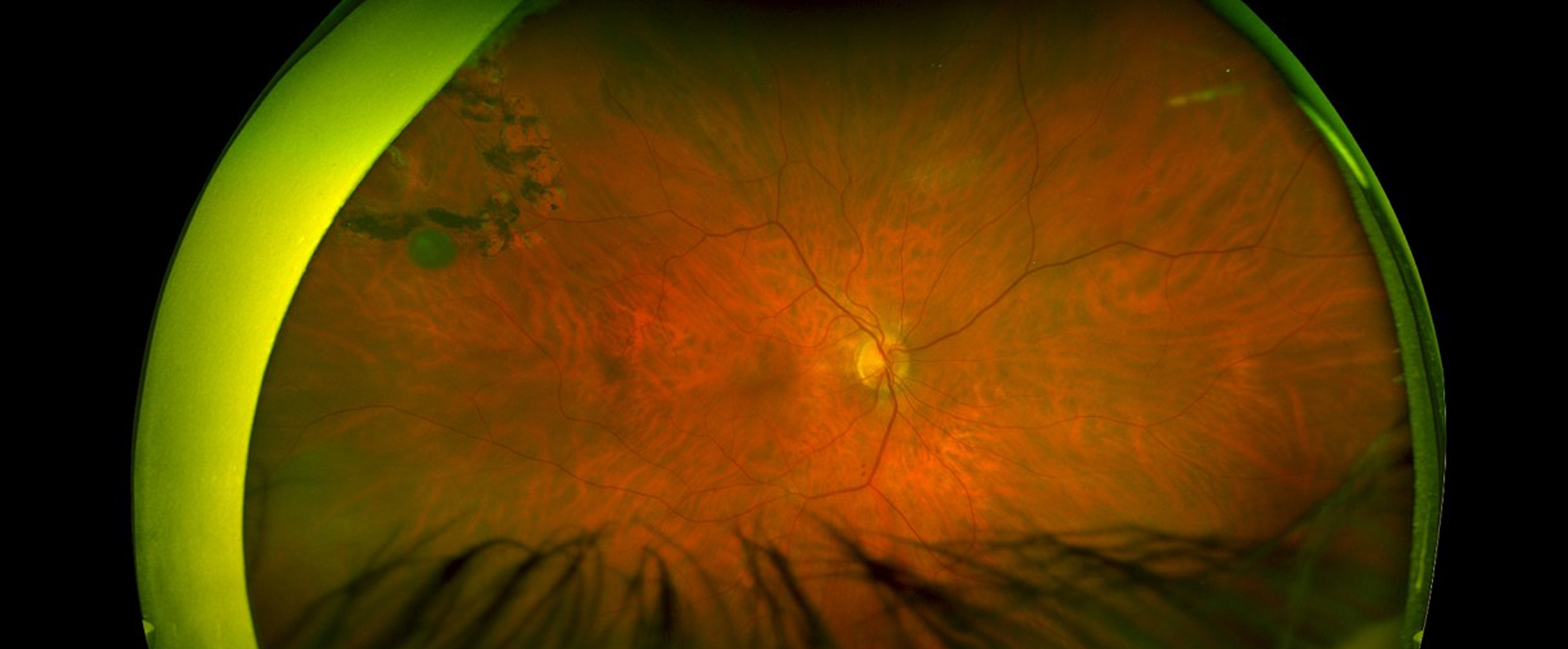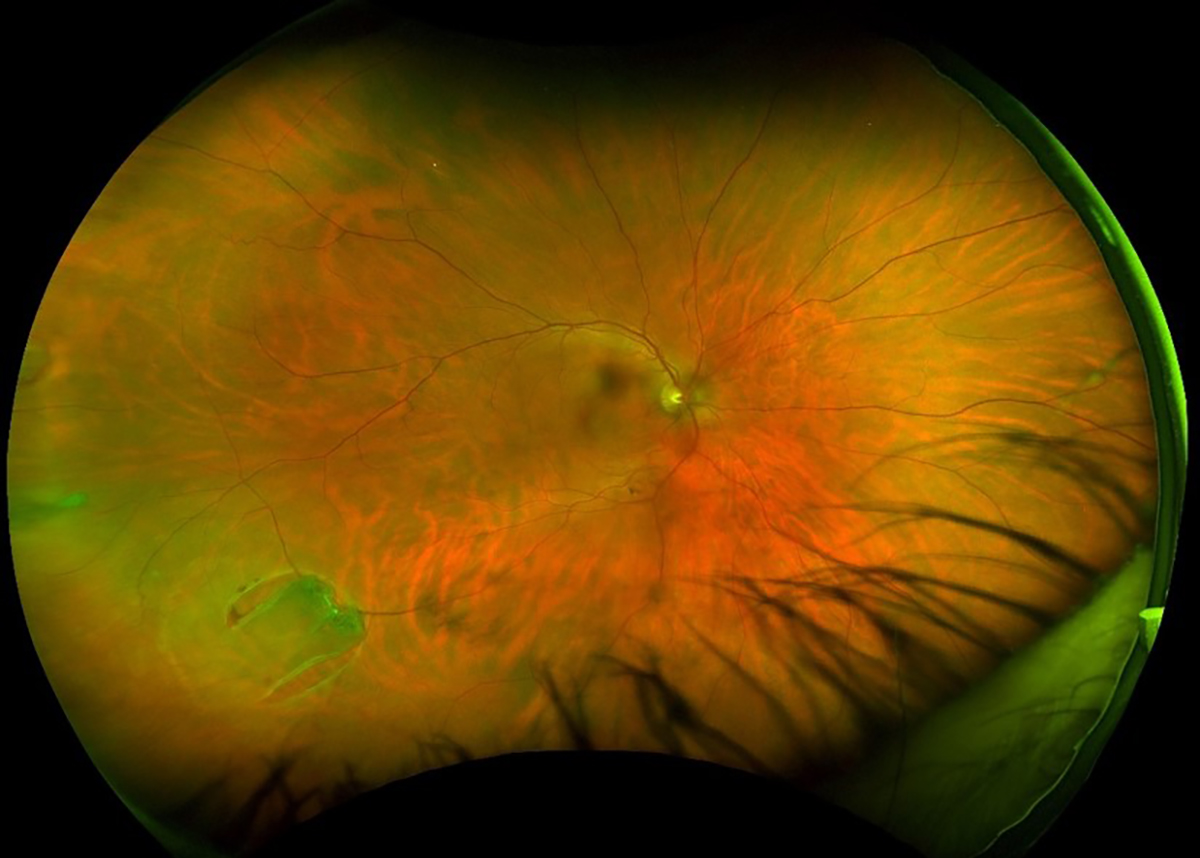
Retinal Holes and Tears
Tears in the retina, also known as retinal tears or retinal breaks, occur when there is a separation or detachment of the sensory layer of the retina from the underlying tissue. This can occur when the vitreous gel inside the eye pulls away from the retina, causing it to tear or break. Retinal tears can also occur as a result of trauma to the eye, such as a blow to the head or eye.
Retinal tears can cause a range of symptoms, including sudden onset of floaters, flashes of light, and loss of vision. If left untreated, retinal tears can progress to a retinal detachment, which could cause permanent vision loss.
Retinal Hole and Retinal Tear Diagnosis
Special eye drops widen your pupil, allowing for the examination of the inside of your eye and for pictures to be taken with optical coherence tomography (OCT). This advanced machine scans the retina for detailed images that can be studied for any potential problems. Your retina specialist may also apply scleral depression (slight pressure to the eye) during observation. In cases where there is a limited view of the retina due to overlying hemorrhage, ophthalmic ultrasound may be required to further aid in diagnosing a retinal tear. If a retinal tear or retinal hole is diagnosed promptly, before it progresses to retinal detachment, the prognosis is extremely good.
Treatment for Retinal Holes or Tears
When low-risk tears are identified in patients who have little to no symptoms, these superficial tears can be observed without treatment. Some tears or holes may heal themselves – meaning they develop adhesion around the tear naturally. These situations can be monitored with regular follow-up examinations.
Treatment for retinal tears typically involves a laser procedure which can be performed in-office. Sometimes, a surgical procedure called a vitrectomy is required, in which the vitreous gel inside the eye is removed and replaced with a gas bubble. The gas bubble helps to push the retina back into place and facilitate healing. Laser therapy may also be used to seal the tear and prevent further detachment. The success of treatment depends on the size and location of the tear, as well as how quickly it is detected and treated.
South Carolina Retina Institute is well recognized for its expertise in overall patient retina care. Our skilled specialists are experienced in the treatment of visual conditions, eye diseases, and surgery of the vitreous and retina. Our knowledgeable SCRI staff is dedicated to keeping up with the latest medical breakthroughs and providing you with strategies that can increase your ability to manage or overcome conditions affecting your vision.

